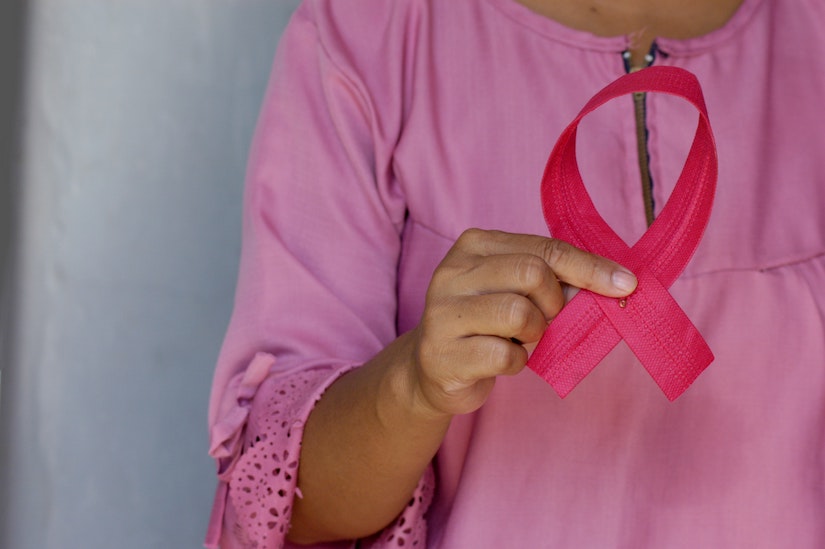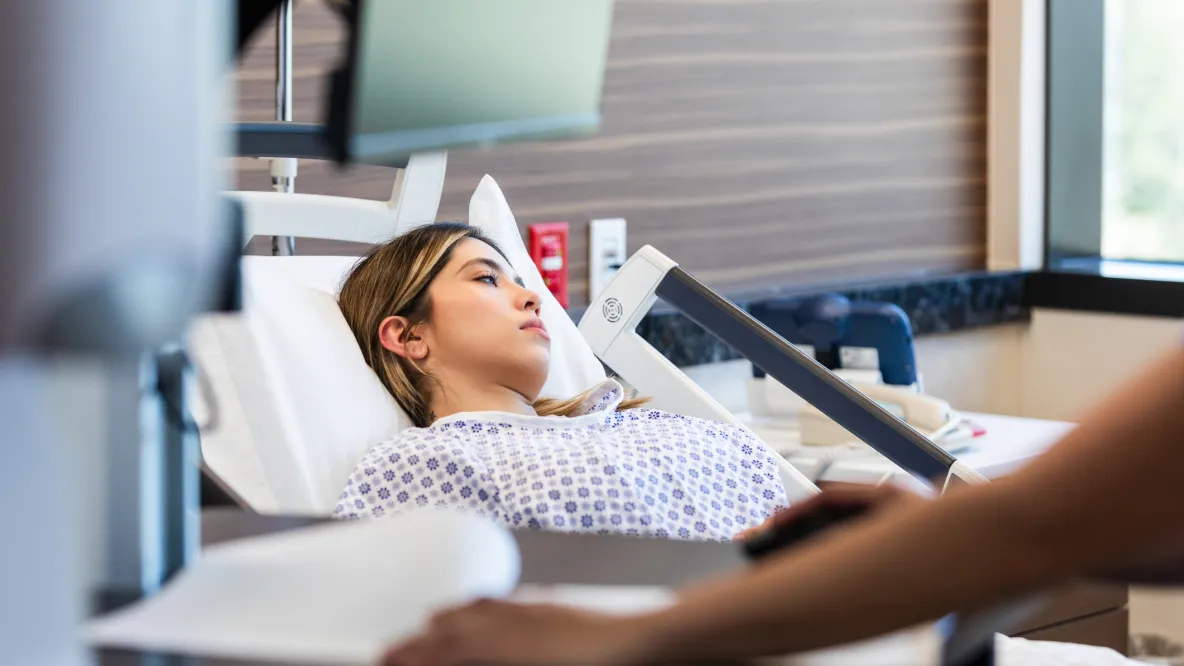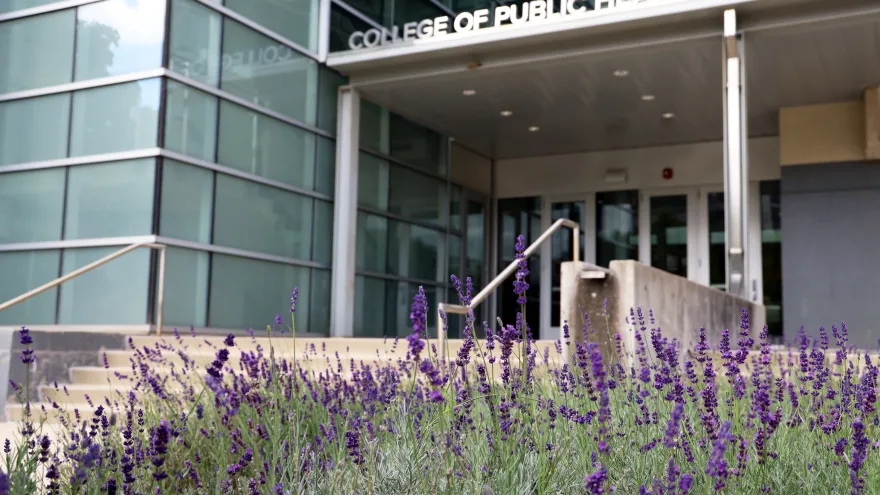Women at high risk of breast cancer face cost-associated barriers to care even when they have health insurance, a new study has found.
The findings suggest the need for more transparency in pricing of health care and policies to eliminate financial obstacles to catching cancer early.
The study led by researchers at The Ohio State University included in-depth interviews with 50 women – 30 white, 20 Black – deemed at high risk of breast cancer based on family history and other factors. It appears in the Journal of Genetic Counseling.
The researchers considered it a given that women without any insurance would face serious barriers to preventive care including genetic counseling and testing, prophylactic mastectomy and advanced breast imaging.
But they wanted to better understand the nuances – how finances played into decision-making in other ways and for women who had insurance.
“Financial barriers seem to regularly impede access to critical information that high-risk women can only get through genetic counseling and testing, and keep them from using regular screenings that could catch cancers in the earliest and most treatable stages,” said co-lead author Tasleem Padamsee, assistant professor of health services management and policy at Ohio State.
“For women at the highest levels of risk, financial impediments can also put the most effective preventive surgeries and medications entirely out of reach,” said Padamsee, who is also part of Ohio State’s Comprehensive Cancer Center.
The study provided several new insights about barriers to care, including:
- Financial constraints not only affect the health care and preventive choices of low-income women or uninsured women. Across the financial spectrum, women reported worrying about the financial impacts of prevention choices and avoiding taking steps they can’t afford or don’t know if they can afford.
- When women decide whether or not they can afford a procedure or test, they aren’t just considering the expense of that specific care – they are balancing these costs with other financial demands they face, from medical debt to child care to other illnesses they may be paying to treat for themselves or a family member. Competing demands play a unique role in cancer prevention care, the authors said.
- Financial considerations are influenced by more than the financial realities of women’s lives. They are also influenced by broader social and political issues such as lack of price transparency on the part of insurance companies, which often results in women having to guess which services are covered and which are not.
“Underinsurance was a really big factor – even for those women who have private insurance, they come across a lot of hurdles with requesting coverage for genetic testing, counseling, risk-reducing surgeries and enhanced breast screening,” said study co-lead author Rachel J. Meadows, who worked on the research as a doctoral student at Ohio State’s College of Public Health.
“These women are managing other priorities, including weighing paying for care for chronic diseases they currently have against managing a future risk. And they have other financial demands, including raising children and supporting other family members,” said Meadows, who currently works at the Center for Outcomes Research at the JPS Health Network in Fort Worth, Texas.
Many high-risk women also worry about the risk of future discrimination if they have genetic testing, she said, although current law prevents genetic discrimination.
Often, studies simply look at the association of income and insurance status with use of health care services, but this work’s detailed conversations with women can help advocates, providers and others better understand the subtleties of decision-making, the researchers said.
“All this information is critical to our ability to improve care. Knowing that a wide range of high-risk women are affected by financial constraints suggests that they might be better served by providers who are trained and ready to share information about insurance coverage, costs and financial assistance programs alongside information about potentially helpful tests and procedures,” Padamsee said.
The findings from the study also suggest a need for regulatory changes such as long-term guarantees against genetic discrimination and stronger requirements that insurance companies disclose their full benefits and co-pays in more transparent and comprehensible ways, she said.
“These changes could improve women’s ability to access high-risk care, reduce the number and severity of future cancers, and avoid future cancer treatment costs for both patients and payers.”
Another new study involving the same group of women found that 45% of participants – and only 21% of Black participants – were aware of their options for taking medications to reduce their risk of developing breast cancer. Women were more likely to have heard of these drugs, usually tamoxifen or raloxifene, if they had access to care from a specialist. The study appears in the journal BMC Women’s Health.
“Lack of chemoprevention awareness is a critical gap in women’s ability to make health-protective choices,” Padamsee said.
Other authors on the second study are Megan Hils and Anna Muraveva.
The research was supported by the National Cancer Institute.



